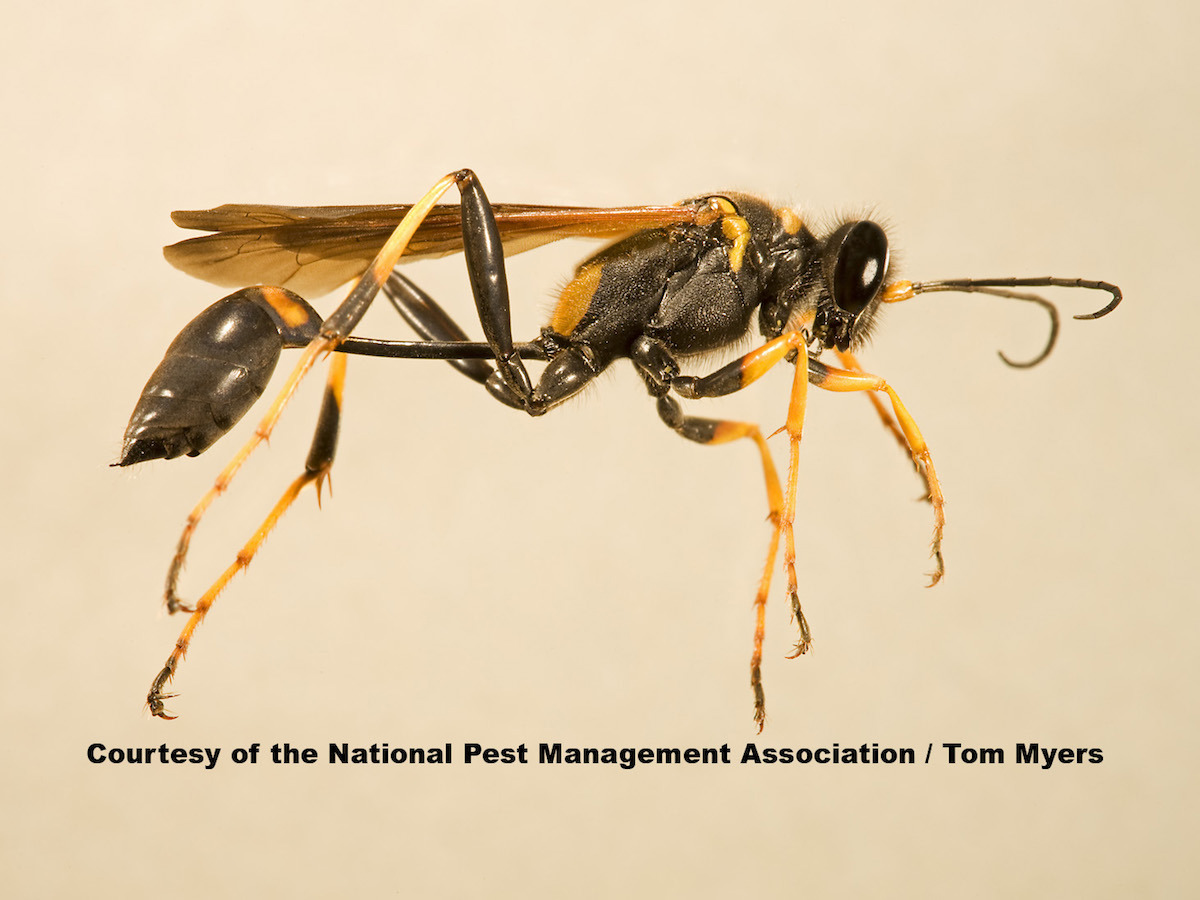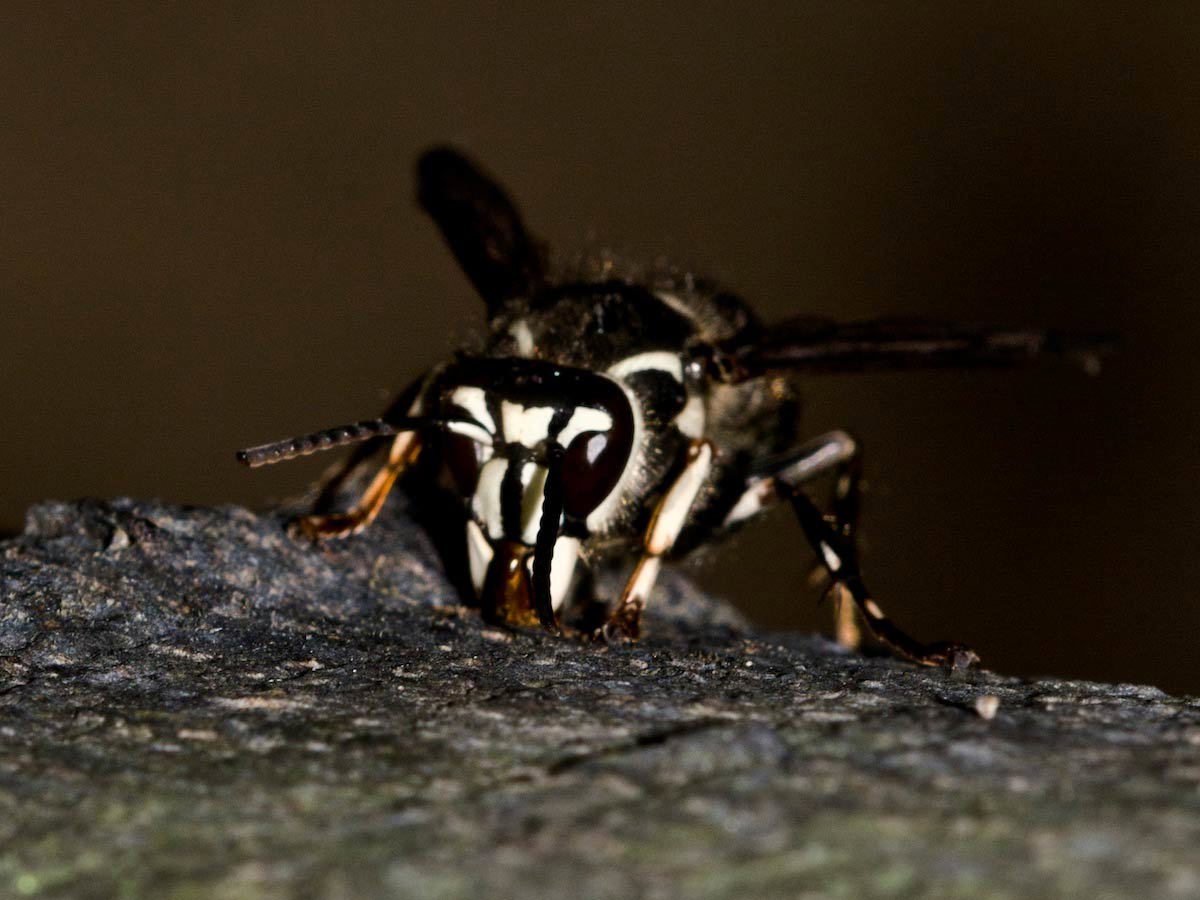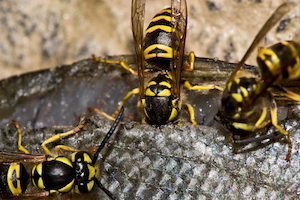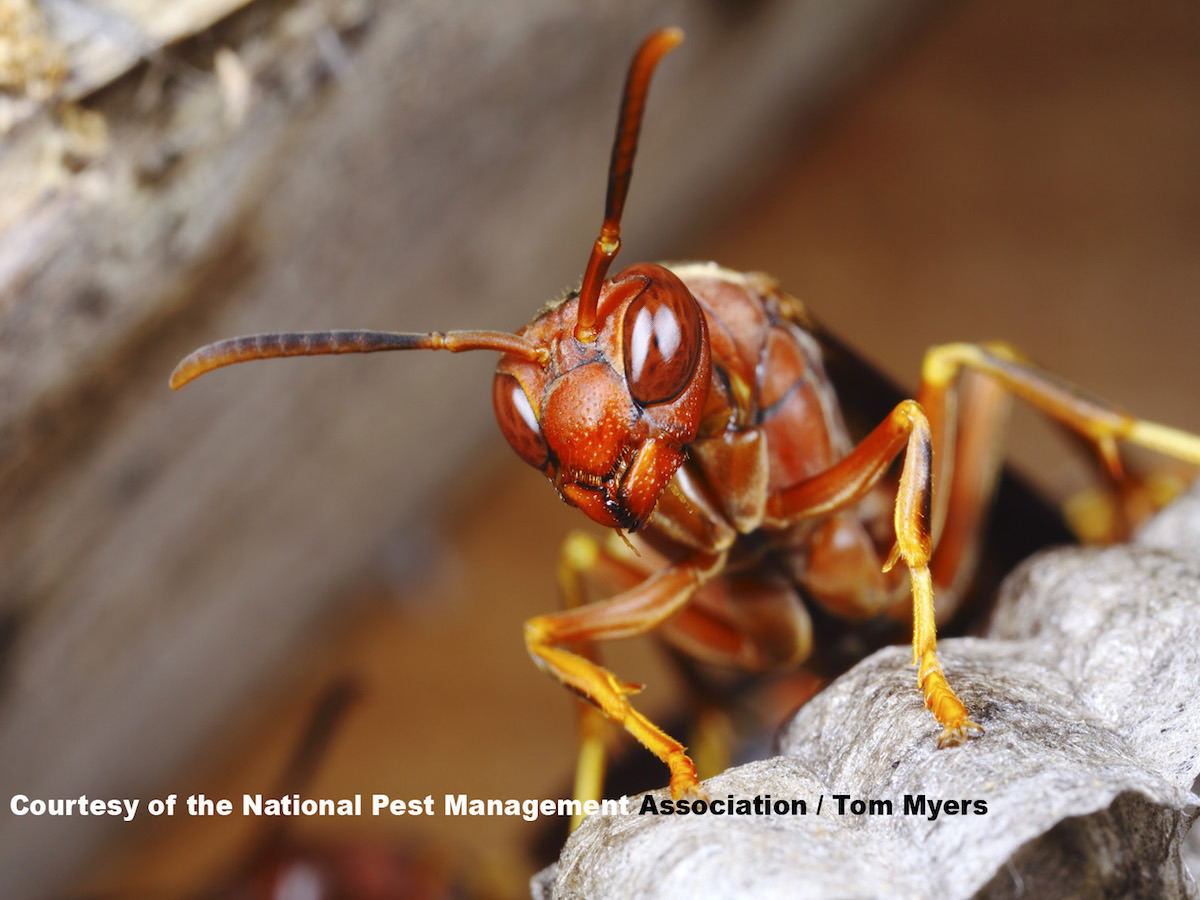Open Pipe Mud Daubers Trypoxylon politum

Mud Daubers Identification
Color: Usually black, may have pale markings or a metallic luster
Size: 1/2 – 1+” (12-25+ mm)
Legs: 6
Antennae: Yes
Shape: Long and slender with a thread-like waist
Region: Found throughout U.S.
What are Mud Daubers?
Mud dauber is a common name for a wasp that constructs its nest of mud. There are many species of wasps referred to as mud daubers, such as organ pipe mud daubers, black-and-yellow mud daubers and blue mud daubers. If you’ve ever wondered, “do mud daubers sting,” you’re not alone — mud daubers are very common and found throughout the United States, and most don’t know much about them except that they look nasty. Read on to learn more about whether mud daubers stings, and how to get rid of mud daubers.
What Do Mud Daubers Look Like?
Although their appearance varies, most adult mud daubers are about ½ to 1 inch long (12-25 mm). Mud daubers are usually black, but they may have pale markings or a blue metallic luster. The mud dauber has a “thread-waisted” body, meaning there is a long, slender segment between the thorax and abdomen. Mud daubers also possess clear or dark wings.
Mud daubers undergo complete metamorphosis, which means they pass through four stages during their lifecycle – egg, larvae, pupae (cocoon) and adult. Depending on the species, they complete one or two generations per year. In the spring, overwintering pupae develop into adults. The new adult females will construct nests comprised of mud tubes of varying sizes. Each mud tube is provisioned with several spiders that the female mud dauber catches and paralyzes with her venom. The female mud dauber deposits an egg on the first spider within each mud tube and then seals them with mud. The mud dauber larvae will hatch from the eggs and feed on the prey left behind by the adult female mud dauber. Then, the larvae will develop into pupae, a process that usually takes about three weeks. The pupae will spin a silk cocoon to overwinter until the following spring when they become adults.
Female mud daubers construct nests of mud. Many short mud tubes, usually about 1" long, are constructed side by side. They usually build their nests in a sheltered site, such as under eaves, porch ceilings, in garages and sheds left open, in barns and attics, etc. Nests typically exhibit round holes in them as the wasps emerge. This means the nest is probably old and inactive after springtime.
Typical mud dauber nest locations include sheltered sites under eaves, porch ceilings, open garages or sheds, barns, protected building walls and attics.
The shape of the mud dauber nest is a key indicator of the wasp group. For example, female black-and-yellow mud daubers will construct their nests of many short mud tubes measuring about 1” (25 mm) long that are built side-by-side. On the other hand, the organ pipe mud dauber constructs a nest comprised of many long mud tubes (20+ cm) that resemble pipes on a pipe organ. In general, most mud daubers will select a new site to build a nest for each generation.
Mud daubers are not aggressive and are unlikely to sting. Still, care should be taken in the presence of an abandoned mud dauber nest, as other, more aggressive insects may take it over.
Mud daubers do not defend their nests. In fact, as mentioned above mud daubers do not usually sting in any situation. These insects are typically considered nuisance pests, and are actually beneficial as they help control spiders.
Adult mud daubers feed on plant nectar, honeydew, and body fluids from the spiders they capture. Some species of mud dauber even feed on dangerous black widow spiders.
Mud daubers are solitary wasps, meaning they are not social and do not live in colonies. However, more than one mud dauber nest may be found in some suitable environments.
Finding a nest is the most common sign of a mud dauber infestation. If the nest has holes, it may indicate that the nest is inactive or old, as mud dauber wasps create holes when they leave the nest.
Looking to get rid of mud daubers? Although mud daubers are not typically dangerous, their old nests are often taken over by other more dangerous wasp species. A licensed pest control professional should handle mud dauber nest removal.
The most effective way to prevent a mud dauber infestation is to eliminate harborage sites by sealing cracks and holes in buildings. This will, in turn, reduce the prey population.
If you need to get rid of open pipe mud daubers, you can find a professional near you with the helpful zip code search below.




